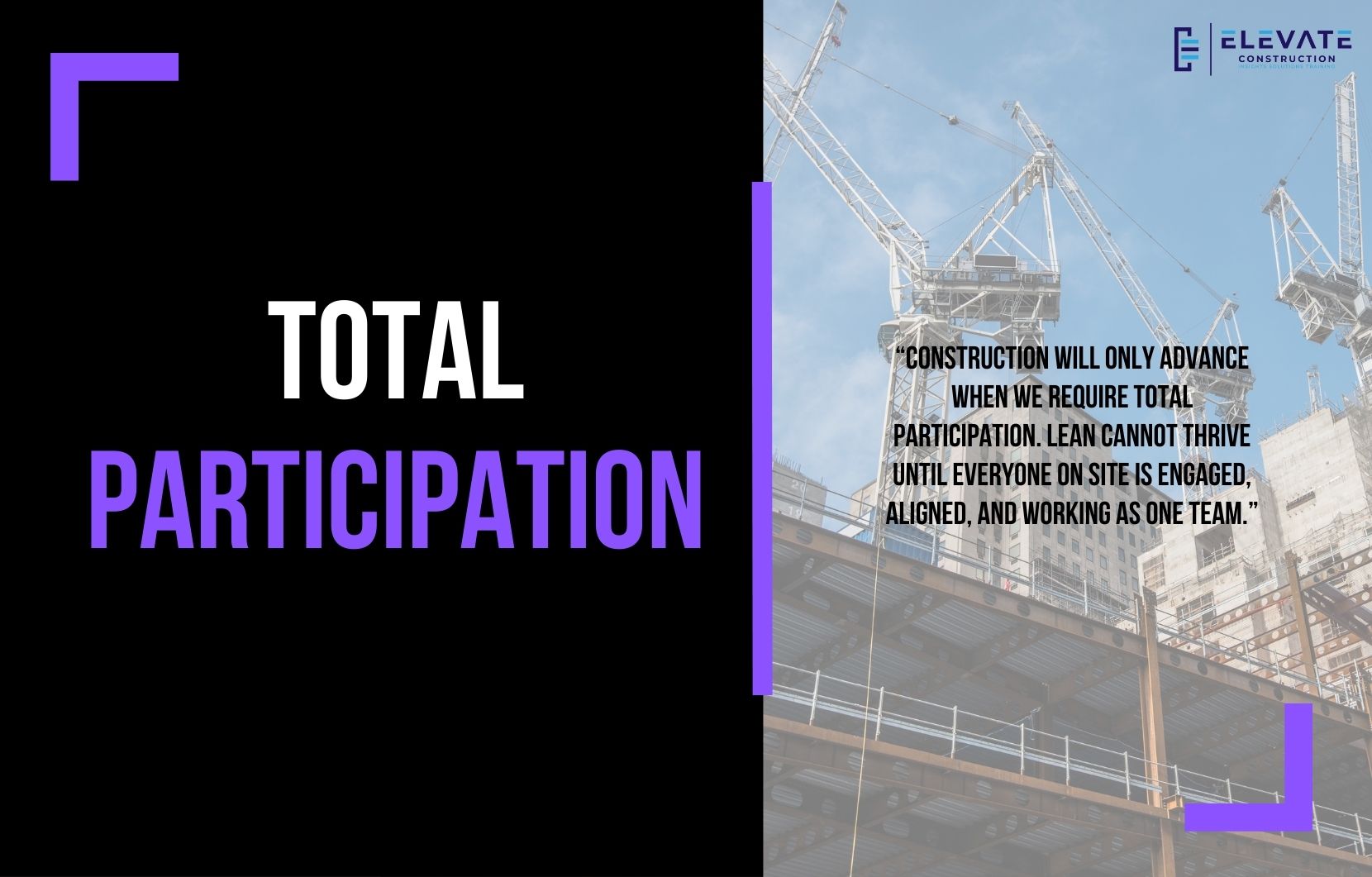The Power of Total Participation in Construction
As I prepare for the upcoming Japan study trip, I find myself reflecting deeply on the lessons we can learn from Japanese culture and lean thinking. Japan has a remarkable history of productivity, respect for people, and total participation that continues to shape the way industries operate today. These lessons are not just historical curiosities; they are principles that can transform the way we work in construction right now.
During World War II, the United States achieved something extraordinary. Women and older citizens stepped into factories while men went off to fight. To help them succeed, the Bureau of Labor quickly created training manuals that taught what we might now call lean methods. These methods worked so well that in just one year, the United States ramped up industrial production to levels unmatched in human history. This was a revolution in production.
But when the war ended, the men who returned from overseas did not bring back those lessons. They were not trained in these principles and often dismissed the need for them, believing victory alone proved they could achieve anything. Meanwhile, the Japanese, humbled after the war, learned those same principles from us. They embraced the lessons of Dr. W. Edwards Deming and other thought leaders, combined them with their own culture of discipline and unity, and created what we now know as lean. Ironically, the lean movement we admire in Japan today is built on concepts that originated here in the United States but were forgotten by us.
The Japanese success story is rooted in humility and total participation. Their culture, shaped by rice farming and island life, values tight-knit communities and shared responsibility. Even in elementary school, Japanese children learn to serve food, wait for others, avoid waste, and clean up together. Respect and teamwork are built into daily life from the beginning. These values extend into their professional lives, where factories, construction sites, and companies thrive on collective effort.
This is where the power of total participation becomes clear. In construction, our projects cannot run properly without it. When everyone participates, from leaders to workers to trade partners, the entire system improves. Morning worker huddles, for example, bring everyone together to align on safety, cleanliness, and productivity. Foreman huddles create opportunities for shared planning and coordination. Visual systems ensure transparency and accountability. Even social events, like barbecues on site, strengthen unity and remind people they are part of one team.
But here is where we often fail in construction. Too many projects treat trades as separate entities, giving them the freedom to opt out of critical routines like huddles or collaborative planning. That mindset does not work. Trade partners are part of one united team, and participating in these systems is not optional. Lean principles cannot take root unless total participation is required.
This does not mean we enforce these practices harshly or disrespectfully. Quite the opposite. We can and should communicate with them with respect, invite collaboration, and build relationships. But there must never be a situation where collaboration ends with people deciding against holding a foreman huddle or skipping worker huddles. Total participation is the foundation. Without it, lean is impossible.
Look at the difference between manufacturing and construction. In manufacturing, no one is debating the value of flow, one-piece systems, or eliminating constraints. They are aligned, disciplined, and far ahead of us because they understand and practice total participation every single day. In construction, by contrast, we still argue about CPM and resist tried-and-true principles that could transform our industry.
The truth is simple. Until we build total participation into our culture, we will not achieve lean construction. Total participation is not just a nice concept. It is the non-negotiable requirement for improving safety, efficiency, and overall success. If we want our projects to thrive and our industry to progress, we must learn from Japan, from history, and from each other.
On we go.
Key Takeaway
Construction will only advance when we require total participation. Lean cannot thrive until everyone on site is engaged, aligned, and working as one team.
If you want to learn more we have:
-Takt Virtual Training: (Click here)
-Check out our YouTube channel for more info: (Click here)
-Listen to the Elevate Construction podcast: (Click here)
-Check out our training programs and certifications: (Click here)
-The Takt Book: (Click here)
Discover Jason’s Expertise:
Meet Jason Schroeder, the driving force behind Elevate Construction IST. As the company’s owner and principal consultant, he’s dedicated to taking construction to new heights. With a wealth of industry experience, he’s crafted the Field Engineer Boot Camp and Superintendent Boot Camp – intensive training programs engineered to cultivate top-tier leaders capable of steering their teams towards success. Jason’s vision? To expand his training initiatives across the nation, empowering construction firms to soar to unprecedented levels of excellence.
On we go

